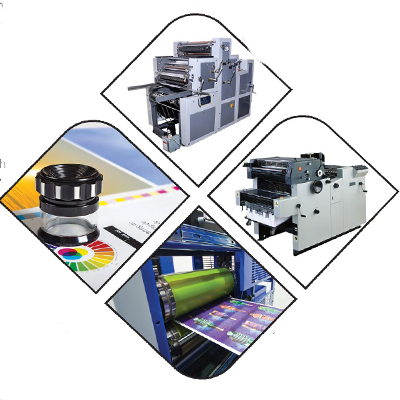About Us
ZX Trims & Accessories is one of the most prominent name in Packaging and accessories solution in Bangladesh. Starting it’s journey in 2014 with highly experienced human resources it has achieved wide range of clients with vision to provide back- ward linkage support to country’s bossing export-oriented Garments sector. Equipped with state-of-the-art machineries and is backed up with a team of trained human resources ET & A is gradually taking a leading part in the industry. Our product line is comprised of Hang Tag, Printed Box, Non-Printed Box, UPC Stickers, Printed Label, Narrow Fabrics (Twill Tape, Elastic, Knitted Belt, Draw Cord & String) etc. Situated on 7000 sq. feet building premises EXCEL’s specialty is a most latest printing technology which is popularly known as POLYSTER METALIZED PRINTING. ZX Trims & Accessories along with it’s full human resource is always ready to serve their best.
OFFSET PRINTING
The printing press is a machine for printing. It makes many copies of identical pages. The printing press today is used to print books and newspapers. It had a great influence on society, especially western society. It was “one of the most potent agents… of western civilization in bringing together the scattered ideas of thinkers”.[1] Woodcut printing has been done for several centuries. That was whole pages cut into wood, words and pictures. In the 15th century Johannes Gutenberg improved the process. He used separate alloy letters screwed into a frame. This way a large set of letters could make almost any page for printing. This process was called typesetting. Each letter was in a block of metal, fixed in a frame. He could then move paper and ink over it, much like a stamp. This method was called letterpress. The letters would leave ink on the paper in the shape of the letters, creating text or illustrations.[1] Bigger and much faster presses were
invented in the industrial revolution. The main improvements were made in the 19th century. Two ideas altered the design of the printing press entirely. First was the use of steam power to run the machinery. Second was the replacement of the printing datbed with the rotary motion of cylinders. Both were done by the German printer Friedrich Koenig between 1802 and 1818.[2] Having moved to London in 1804, Koenig got financial support for his project in 1807.[3] In 1810, Koenig patented a steam press “much like a hand press connected to a steam engine”.[3] Soon other inventions were added, such as the making of cheaper paper by using wood pulp instead of rags. Later in the 19th century came machines which speeded up typesetting, which was previously done by hand, letter by letter. A machine for hot metal typesetting was designed by Linotype Inc. It turned molten lead into type ready for printing. Many further developments in printing happened in the 20th century. Today printing presses are controlled by special-purpose computers, and the material to be printed is prepared on computers. As a consequence of these inventions, the cost of printing has fallen signigcantly compared to other commodities. Now the price of a book or magazine is less determined by its production, and more by other factors, such as marketing

Office
S.S Commercial State,
Chandona Chowrasta,
Gazipur.
Contact
- [email protected]
- 01732-035824, 01611-088239
© Copyright 2024
